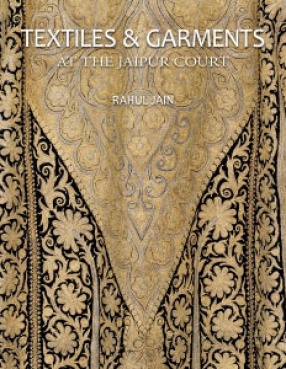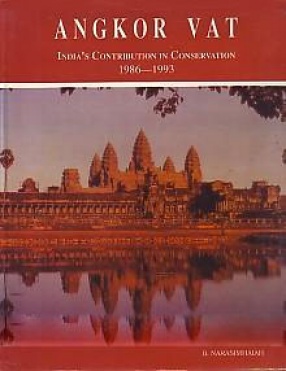With a sculptural sensibility shaped by his early contacts with the masters of modern sculpture in the west, Sarbari Roy Choudhury is essentially a modeller in the best modernist tradition for whom sculpture is the magical act of turning clay into flesh. And in this he is almost without a parallel among his contemporaries.
His work is figurative and animated by a deep sense of the organic, and this, despite his work methods, connects him with the Indian traditions of sculpture. He is essentially a master of the small and the intimate. His works can be held in our hands and are to be felt as much as seen and as we do so it is not difficult to imagine that they were made from lumps of clay held in his hands and caressed into shape by his fingers. But though small in size and intimate in feeling, his works usually have monumentality built into them.
This intimate handling of the materials also adds further uniqueness to his work. Like the work of many modern artists his figures often seem to exist outside the rationale of naturalism, but they are seldom dehumanised. Imbued with the organic, like flesh made malleable by intimate touch, they are lyrically transformed not expressively transfixed. He himself compares this fluidity of figuration to musical abstraction.
A figurative sculptor, and one whose genius lies not in non-conformism but in the pursuit of perfection he is also a portraitist of great sensitivity. A serious collector and connoisseur of Indian classical music some of his best portraits are of classical musicians. Whether it be his image of Bade Gulam Ali rolling out a sonorous tan, the head of Ali Akbar meditatively sunk as he plays the sarod, the face of Siddeshwari Devi kneaded from within by the passion of her own singing, or the stately bust of Kesarbai tantalisingly hovering between shadow and presence, peace and silence, they are portraits of the highest order where art reveals the inner life of men and women.








There are no reviews yet.